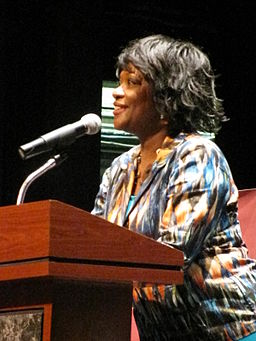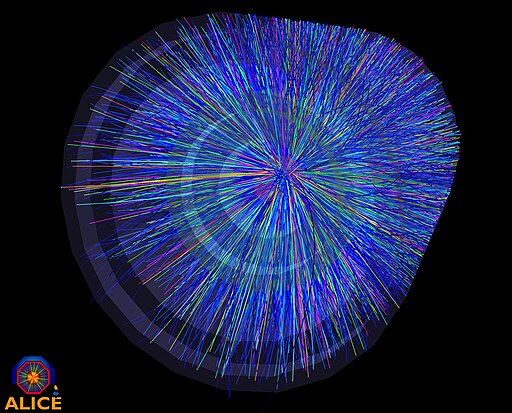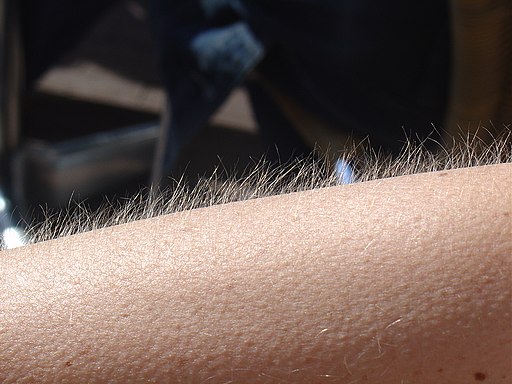Water & Watersheds
by John Shepard
The Lower Mississippi River I thought I knew was an unappealing, levee-bound, commercial highway. It was so heavily trafficked by barge tows linked together in configurations that covered acres of murky, polluted water that even big recreational cruisers traveling between the Upper Mississippi and the Gulf Coast feared to tread. Instead, they opted for the more benign Tennessee-Tombigbee route through Alabama. It certainly sounded to me like a sub-optimal place for canoes.
Then I met John Ruskey at his rambling studio/storefront/canoe factory/expedition warehouse complex in the sleepy town of Clarksdale, Mississippi.
Sharing the River's Riches
Ruskey's first experience on the Lower Mississippi—in winter, on a raft, as a young man—led him to an epiphany while stranded and hypothermic, raft destroyed, on a wind-swept island. The experience somehow deepened a connection with the river that began earlier with his fascination of its meandering lines on highway maps.
The Colorado native settled in Clarksdale, not far from the Mississippi in western Mississippi, and a focal point for the Delta Blues. Here he learned to play the blues and built a life that revolves around the Mississippi and the Delta culture that has grown up beside the big river. Today he creates luminous maps, makes beautiful wooden canoes, leads expeditions himself and through a network of Quapaw Canoe Company guides stationed at several regional outposts. He prioritizes trips on the waterway for school groups and youth at risk, though anyone can sign on to one of his outings.
And, by embellishing his maps with essential information for paddlers and publishing them in his Rivergator guidebooks, he documents a river the world has largely forgotten and that he may know better than anyone.
The Colorado native settled in Clarksdale, not far from the Mississippi in western Mississippi, and a focal point for the Delta Blues. Here he learned to play the blues and built a life that revolves around the Mississippi and the Delta culture that has grown up beside the big river. Today he creates luminous maps, makes beautiful wooden canoes, leads expeditions himself and through a network of Quapaw Canoe Company guides stationed at several regional outposts. He prioritizes trips on the waterway for school groups and youth at risk, though anyone can sign on to one of his outings.
And, by embellishing his maps with essential information for paddlers and publishing them in his Rivergator guidebooks, he documents a river the world has largely forgotten and that he may know better than anyone.

 CGEE Student Voice
CGEE Student Voice










